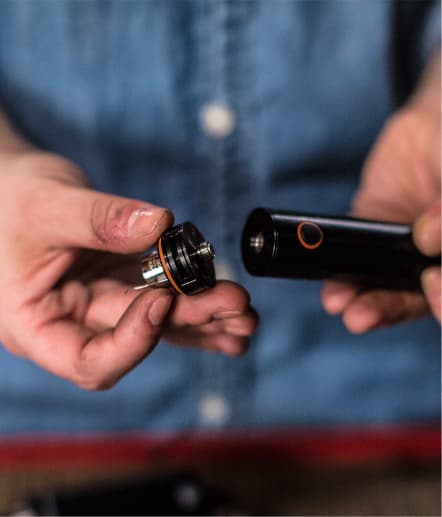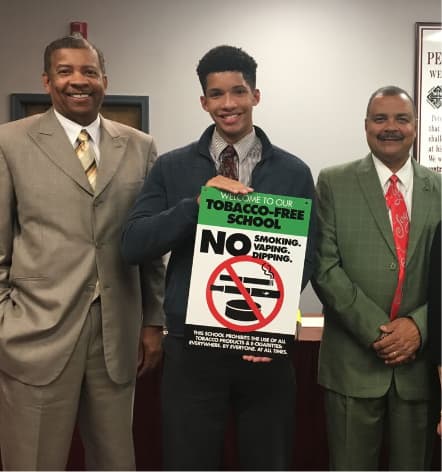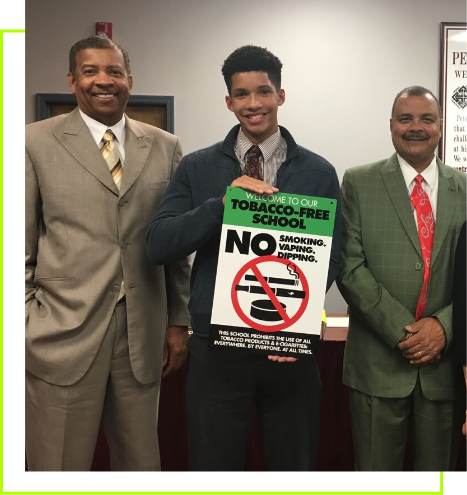
While people are generally aware of the health risks associated with using traditional tobacco products like cigarettes or chew, there’s less knowledge around other tobacco products like e-cigarettes and hookah, and misconceptions about how cessation services work.
At Rescue, we start by understanding who our audience is and what they care about, as well as their gaps in knowledge about tobacco use risks. Then, using our Decision Blocks™ framework, we build up knowledge in a logical and believable progression to show how the risks of each tobacco product are relevant to their lives.
















